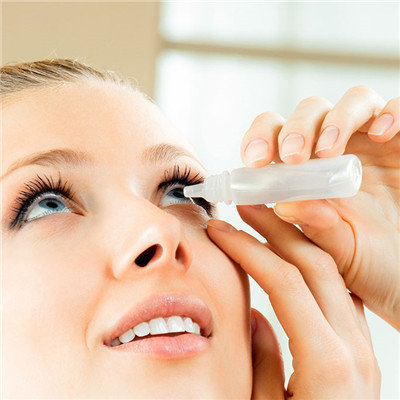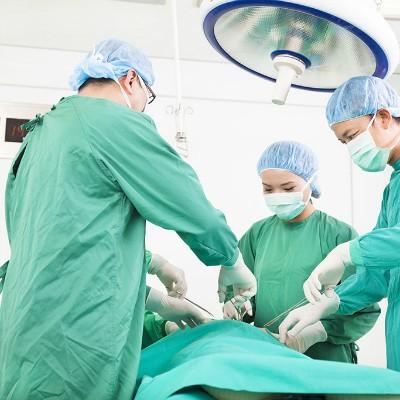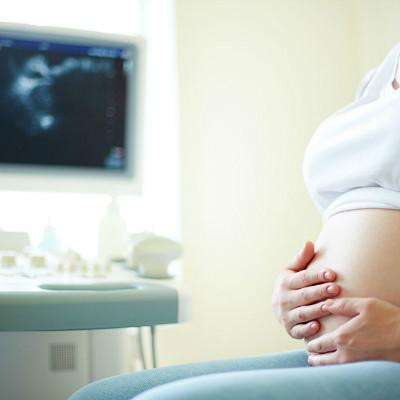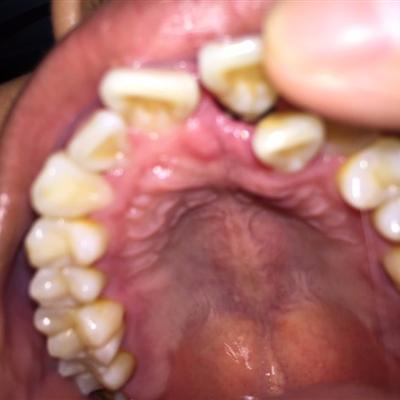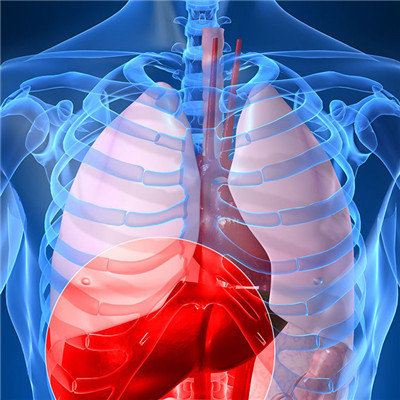How to check pharyngitis
summary
Usually I don't pay much attention to my throat. If I have a little sore throat, I always go to the drugstore to buy medicine. But recently my throat is sore again. I went to the hospital. The doctor said that I got laryngitis and had to be treated. After taking medicine for a period of time, I'm getting better now. How can I check pharyngitis? Do you want to discuss it together? So let's share how to check pharyngitis.
How to check pharyngitis
First, the position of laryngopharynx and nasopharynx is relatively high, and indirect posterior rhinoscopy is the most common method. During the examination, the doctor held a tongue depressor in his left hand to press down the back of the tongue, and held a mirror in his right hand to extend the mirror between the uvula and the posterior pharyngeal wall, so as to see the nasopharynx clearly through the mirror. Indirect laryngoscope can be used to examine the throat. During the examination, the doctor wrapped the front 1 / 3 of the tongue with gauze in his left hand, pulled out the tongue forward and down, held a mirror in his right hand and entered the pharynx along the tongue body, and asked the subject to make a "babbling" sound, and observed the situation of the throat and laryngeal cavity by using the principle of reflection. When the pharyngeal reflex is sensitive, it is necessary to carry out the surface anesthesia after the mucosal spray. When using indirect laryngoscope, we need to cooperate well, otherwise the visual field is not clear, which will affect the examination effect.
Second: oropharyngeal examination: is the most simple and practical method: patients sit upright, natural mouth breathing. The doctor sat opposite, holding the tongue depressor to check the oral cavity first, and then gently press the tongue depressor down the front 1 / 3 of the tongue to lower the back of the tongue and expose the oropharynx. Observe the morphological changes of soft palate, uvula, palatoglossal arch, palatopharyngeal arch, tonsil, pharyngeal lateral wall and pharyngeal posterior wall, as well as the color of mucous membrane, the degree of moisture and the proliferation of lymphoid follicles.
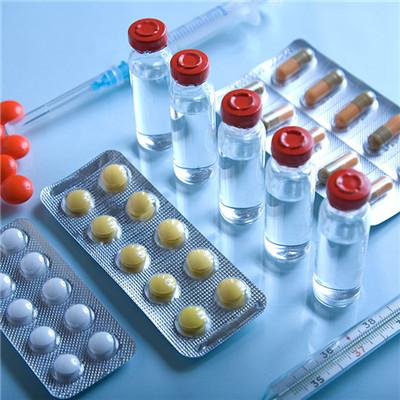
Third: indirect nasopharyngoscopy: the patient is sitting, head back, naturally open mouth, calm breathing with nose. The doctor holds the tongue depressor to lower the back of the tongue, and holds the nasopharynx mirror in his right hand. He can reach between the uvula and the posterior pharyngeal wall, adjust the angle of the mirror, and observe the nasopharynx.
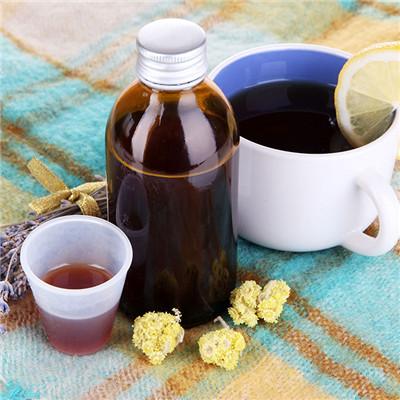
matters needing attention
This disease needs attention: pharyngitis patients eat more wax gourd, wax gourd all year round, is one of the favorite melon vegetables, wax gourd water capacity, tender meat, light and refreshing, and has the heat, detoxification, heat, diuresis, is an excellent vegetable in summer and autumn.
